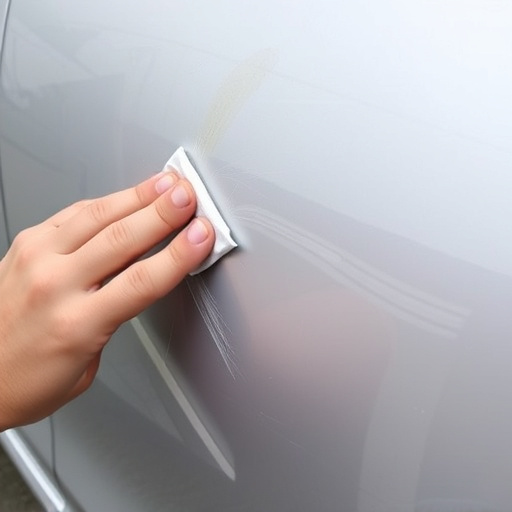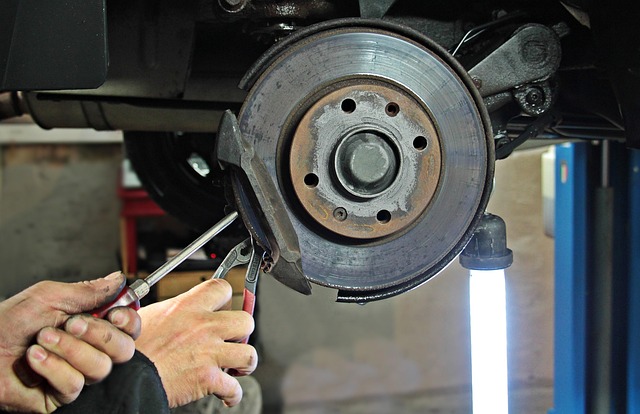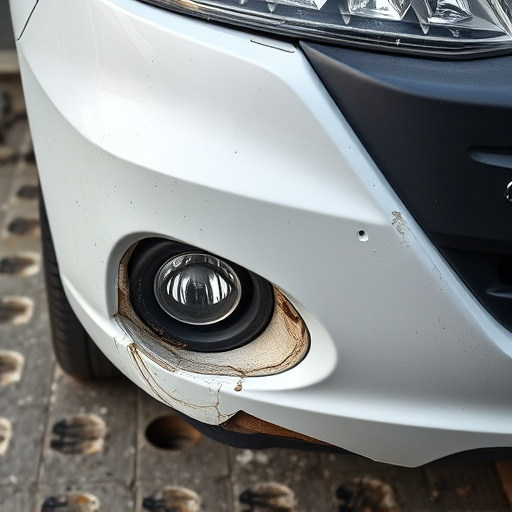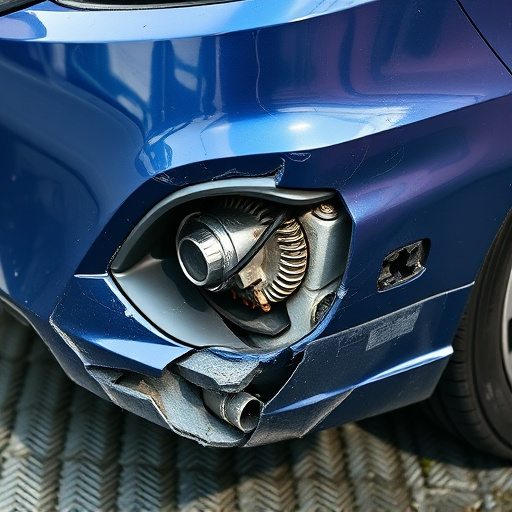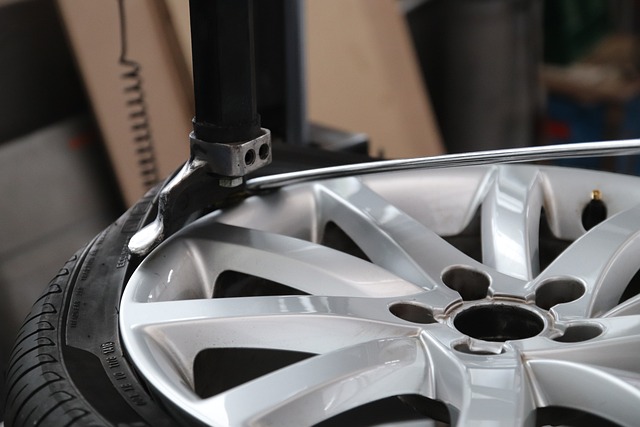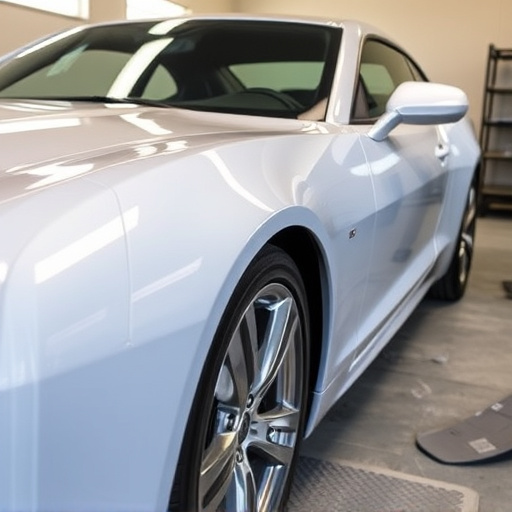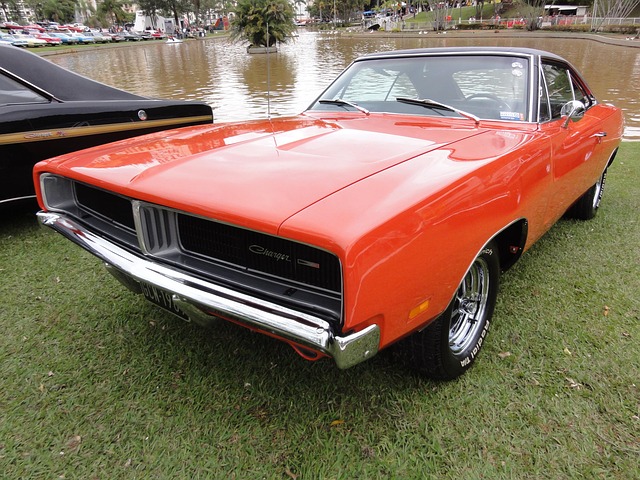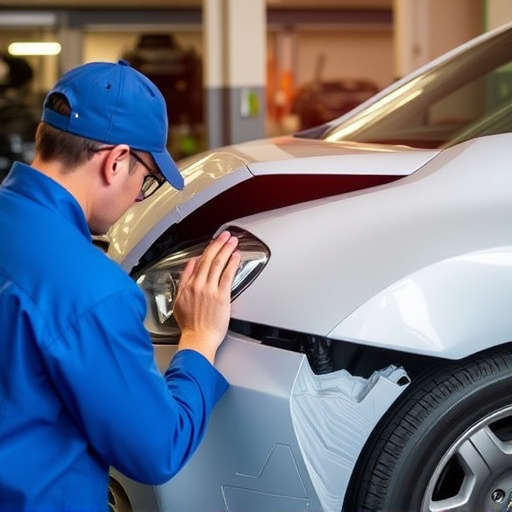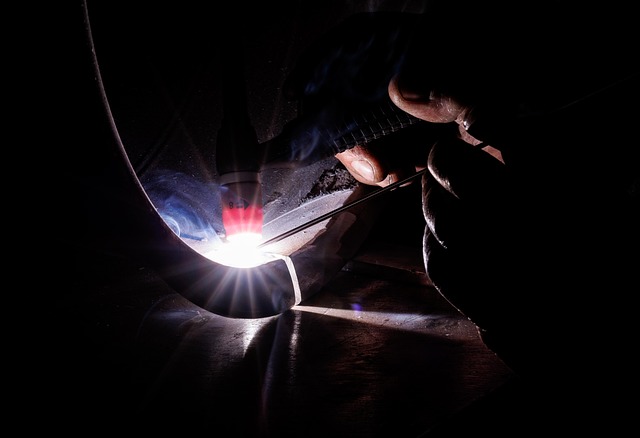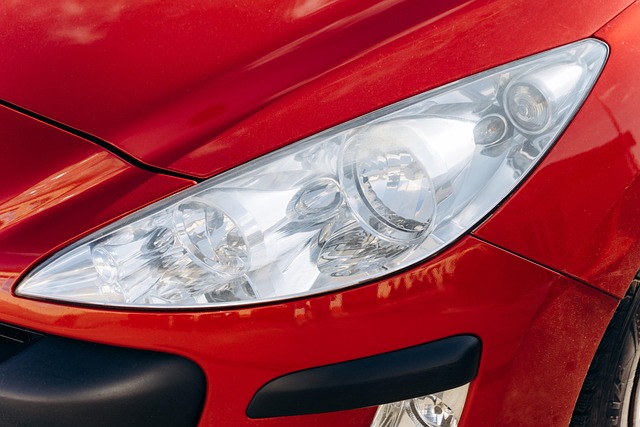Mercedes addresses the issue of cabin heat in vehicles during warm months with its advanced infrared-reflective glass technology. These specialized glasses reflect harmful infrared radiation from sunlight, keeping interiors cool and enhancing passenger comfort and safety. By mitigating solar gain, the technology improves fuel efficiency, reduces air conditioning strain, and contributes to safer driving conditions, especially in warmer climates.
Mercedes infrared-reflective glass is transforming the driving experience by tackling a common yet uncomfortable issue: cabin heat. In today’s world, vehicles can become unbearably hot under the sun, making it difficult for drivers and passengers to stay cool. This article explores the cabin heat challenge and reveals how Mercedes’ innovative infrared-reflective glass technology effectively reduces interior temperatures. By understanding the science behind this feature, we uncover its significant benefits for enhanced driver comfort and improved vehicle efficiency.
- Understanding the Cabin Heat Issue in Vehicles
- The Science Behind Mercedes Infrared-Reflective Glass
- Benefits and Impact on Driver Comfort and Efficiency
Understanding the Cabin Heat Issue in Vehicles

The interior of a vehicle can become a hotbed of discomfort during warmer months due to the sun’s relentless heat entering through windows. This issue is not just about added strain on the air conditioning system; it significantly impacts passenger comfort and safety. The heat trapped inside the cabin can lead to increased temperature, making it harder for drivers and passengers to maintain a comfortable environment, especially during long drives. Moreover, excessive heat can pose potential hazards, such as accelerated wear and tear of car interiors and even increasing the risk of collisions due to reduced visibility and driver distraction.
Mercedes has addressed this challenge by incorporating advanced technology in their vehicles, particularly with the use of infrared-reflective glass. This innovative solution plays a pivotal role in managing cabin heat effectively, offering drivers and passengers a cooler, more comfortable space. By reflecting a significant portion of the sun’s infrared radiation, these special glasses reduce the amount of heat that enters the vehicle, making it an efficient and sustainable way to combat the cabin heat effect. This technology is not just a luxury but a practical solution that enhances the overall driving experience, especially in regions with warmer climates, and contributes to safer road conditions by mitigating potential hazards related to excessive interior heat.
The Science Behind Mercedes Infrared-Reflective Glass

Mercedes infrared-reflective glass is a cutting-edge technology designed to combat one of the most frustrating aspects of modern driving – the cabin heat effect. This innovative material works by utilizing special coatings that reflect a significant portion of the sun’s infrared radiation, preventing it from heating up the interior space. The science behind this process involves advanced materials science and optical engineering.
The coatings on Mercedes infrared-reflective glass are engineered to interact with light in a unique way. They absorb visible light, which contributes to the overall lighting inside the vehicle, while efficiently reflecting the infrared spectrum. This dual action keeps the interior cool even under intense sunlight. In addition to enhancing passenger comfort, this technology also plays a role in optimizing fuel efficiency by reducing the need for excessive air conditioning, contributing to better vehicle repair outcomes and potentially lowering operating costs over time, similar to how car bodywork services focus on maintaining vehicles in top condition.
Benefits and Impact on Driver Comfort and Efficiency

The Mercedes infrared-reflective glass technology offers a multitude of benefits for drivers, significantly enhancing both comfort and efficiency. By reflecting heat away from the cabin, these glasses mitigate the effect of solar gain, keeping the interior cool even under intense sunlight. This is particularly advantageous in warmer climates or during extended drives, where the build-up of heat inside the vehicle can be uncomfortable and detrimental to driver focus.
Not only does this technology improve comfort, but it also contributes to better fuel efficiency. Reduced interior heating requirements mean less strain on the air conditioning system, thereby lowering energy consumption and potentially saving drivers money in the long run. Moreover, by maintaining a comfortable cabin temperature, drivers can avoid the distraction of trying to cool down their vehicle during trips, allowing them to focus more on the road and overall driving experience—a benefit that extends even beyond the world of auto repair shops and into every day commuting.
Mercedes infrared-reflective glass is a game-changer in addressing the cabin heat issue, offering a comfortable and efficient driving experience. By utilizing advanced science, these innovative windows reflect infrared radiation, keeping interiors cooler without compromising visibility. This technology significantly enhances driver comfort, reduces energy consumption for air conditioning, and exemplifies Mercedes’ commitment to creating sustainable solutions in today’s digital era.




